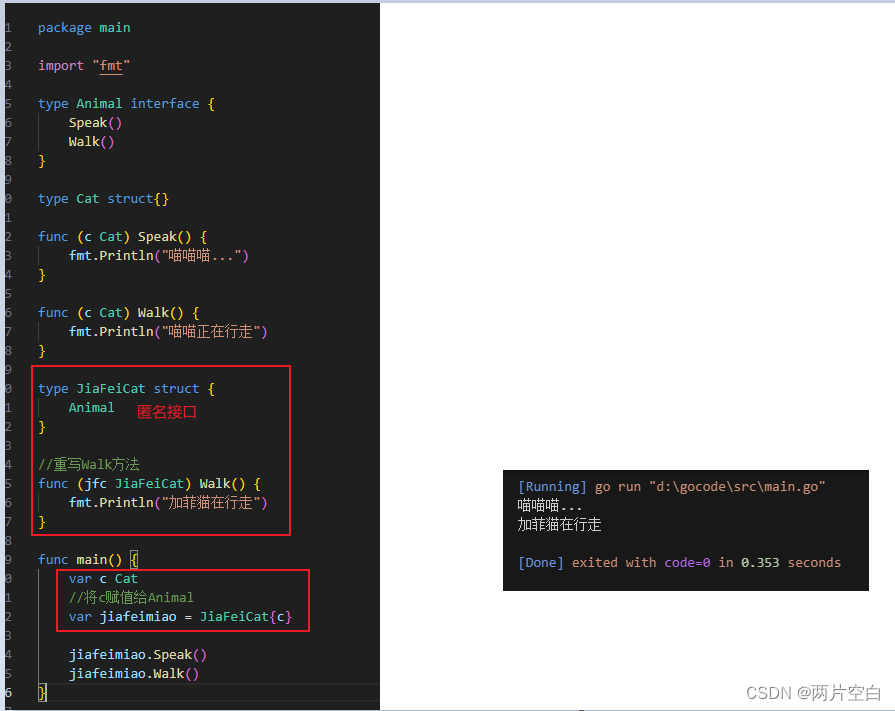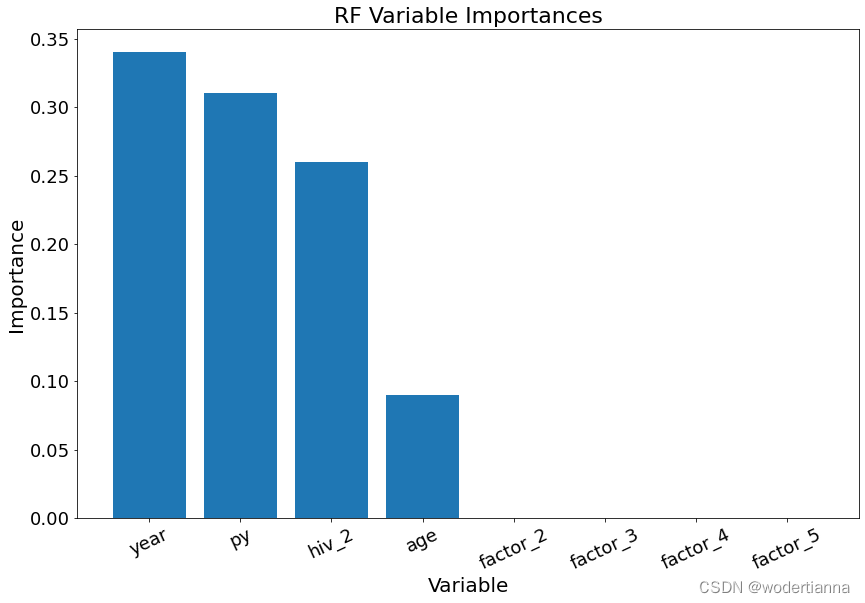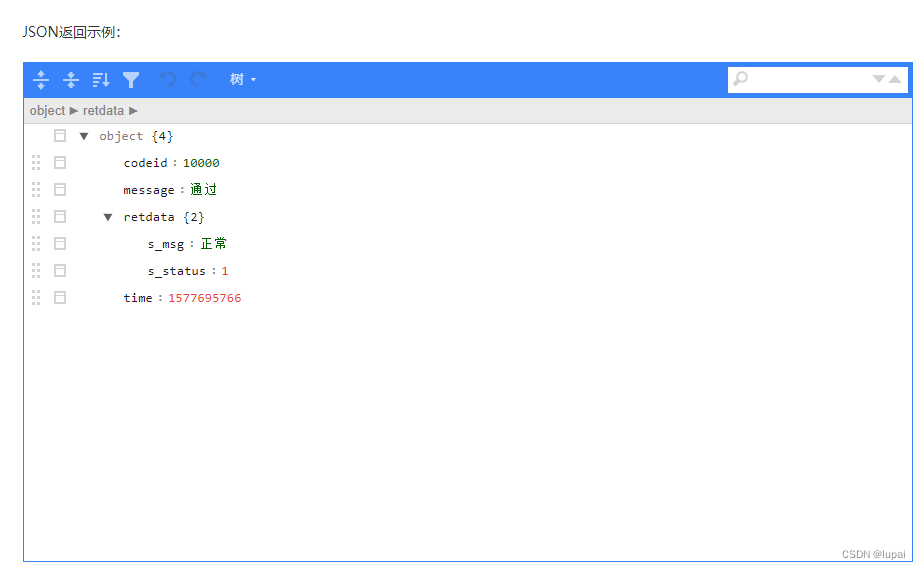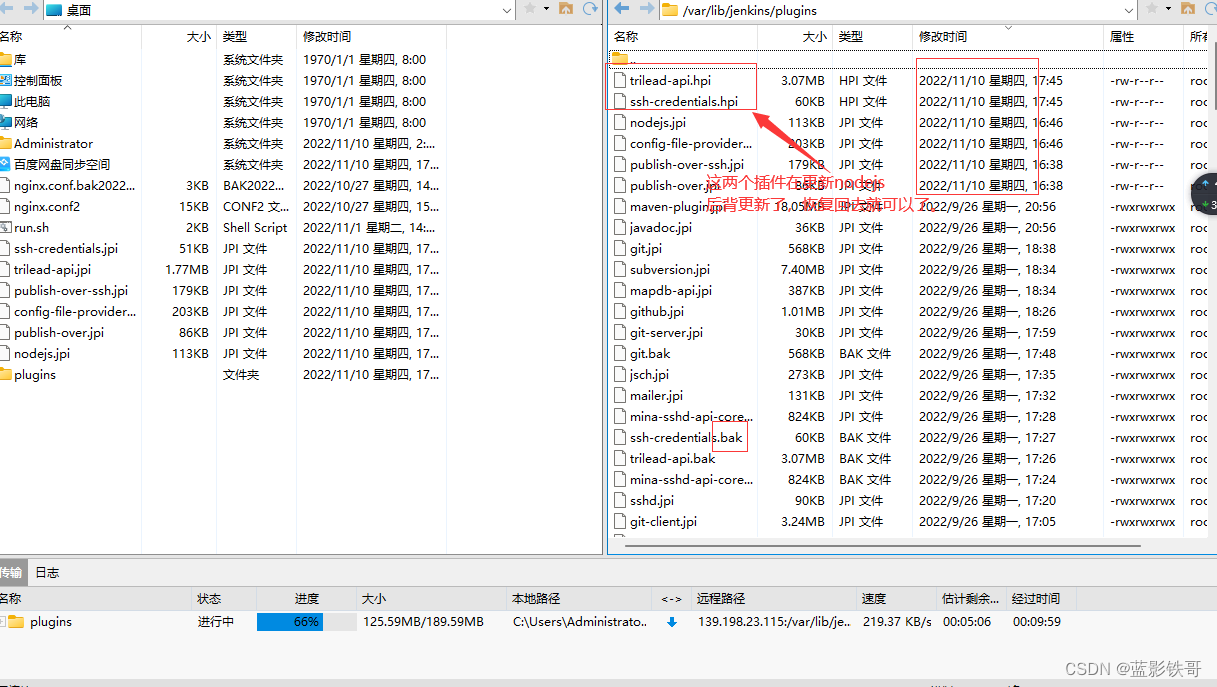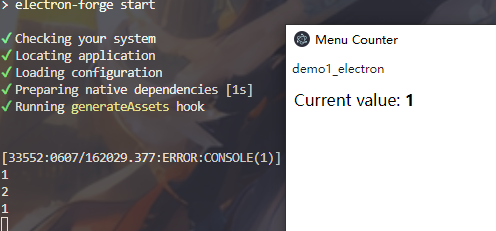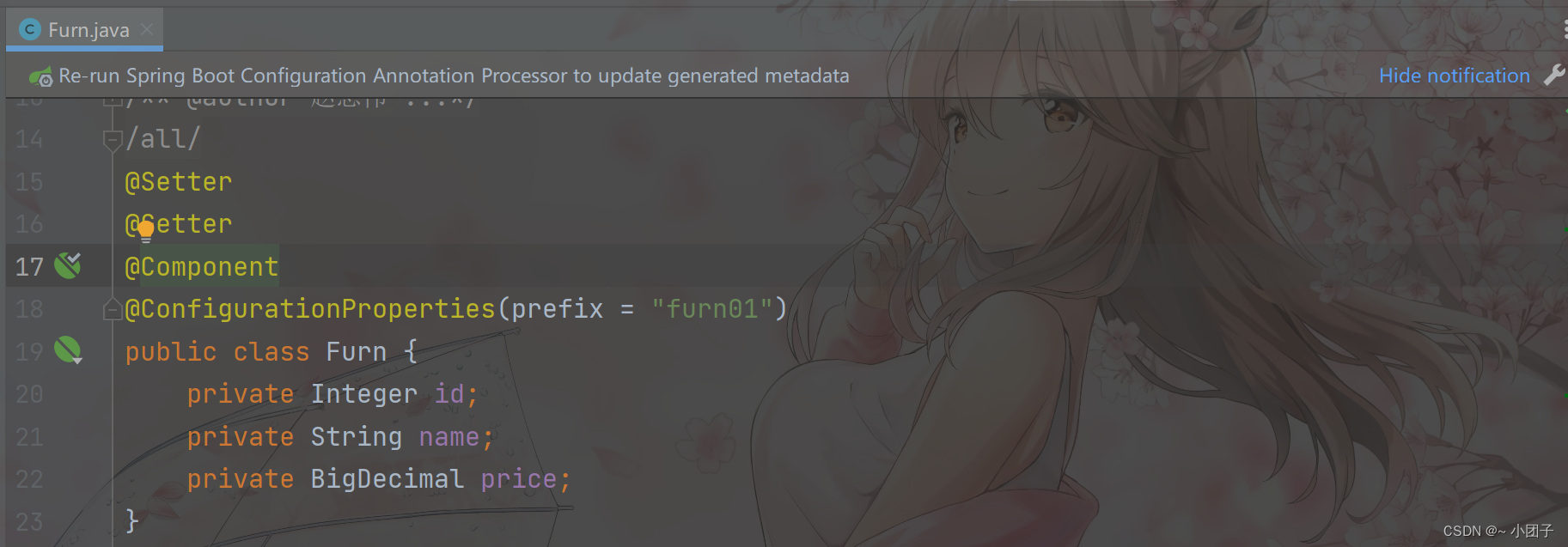加权CE_loss和BCE_loss稍有不同
1.标签为long类型,BCE标签为float类型
2.当reduction为mean时计算每个像素点的损失的平均,BCE除以像素数得到平均值,CE除以像素对应的权重之和得到平均值。
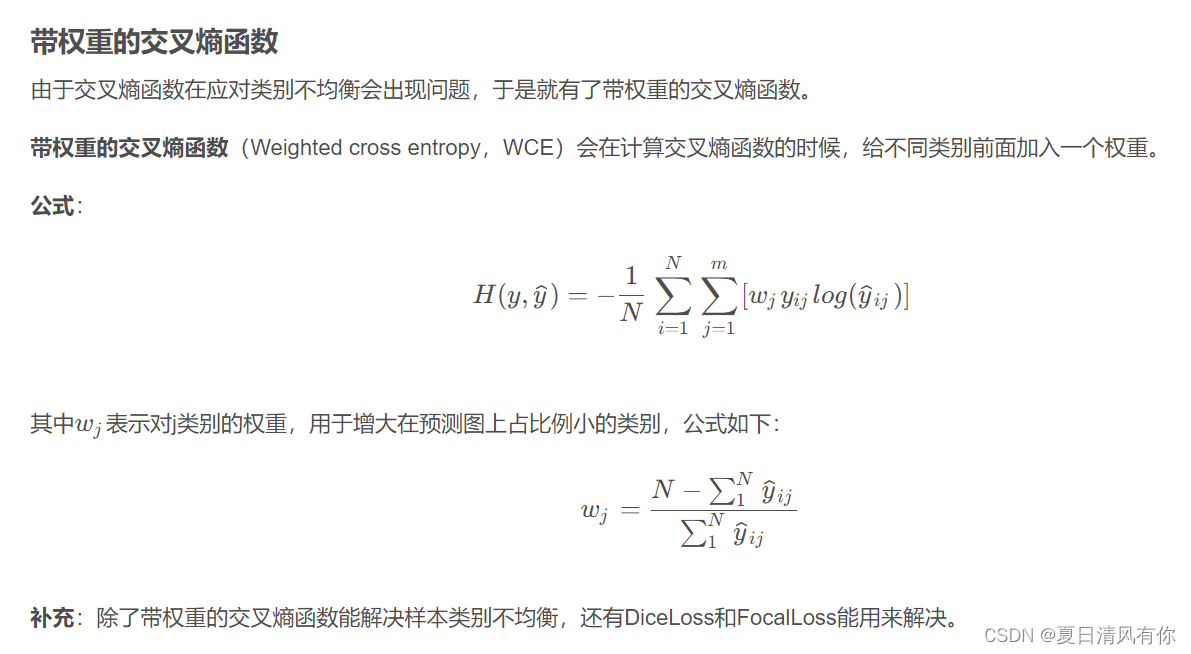
参数配置torch.nn.CrossEntropyLoss(weight=None,size_average=None,ignore_index=-100,reduce=None,reduction=‘mean’,label_smoothing=0.0)
增加加权的CE_loss代码实现
# 总之, CrossEntropyLoss() = softmax + log + NLLLoss() = log_softmax + NLLLoss(), 具体等价应用如下:
import torch
import torch.nn as nn
import torch.nn.functional as F
import random
import numpy as npclass CrossEntropyLoss2d(nn.Module):def __init__(self, weight=None):super(CrossEntropyLoss2d, self).__init__()self.nll_loss = nn.CrossEntropyLoss(weight, reduction='mean')def forward(self, preds, targets):return self.nll_loss(preds, targets)
语义分割类别计算
class CE_w_loss(nn.Module):def __init__(self,ignore_index=255):super(CE_w_loss, self).__init__()self.ignore_index = ignore_index# self.CE = nn.CrossEntropyLoss(ignore_index=self.ignore_index)def forward(self, outputs, targets):class_num = outputs.shape[1]# print("class_num :",class_num )# # 计算每个类别在整个 batch 中的像素数占比class_pixel_counts = torch.bincount(targets.flatten(), minlength=class_num) # 假设有class_num个类别class_pixel_proportions = class_pixel_counts.float() / torch.numel(targets)# # 根据类别占比计算权重class_weights = 1.0 / (torch.log(1.02 + class_pixel_proportions)).double() # 使用对数变换平衡权重# # print("class_weights :",class_weights)## 定义交叉熵损失函数,并使用动态计算的类别权重criterion = nn.CrossEntropyLoss(ignore_index=self.ignore_index,weight= class_weights)# 计算损失loss = criterion(outputs, targets)print(loss.item()) # 打印损失值return lossnp.random.seed(666)pred = np.ones((2, 5, 256,256))seg = np.ones((2, 5, 256, 256)) # 灰度label = np.ones((2, 256, 256)) # 灰度pred = torch.from_numpy(pred)seg = torch.from_numpy(seg).int() # 灰度label = torch.from_numpy(label).long()ce = CE_w_loss()loss = ce(pred, label)print("loss:",loss.item())
调用库(手动设置权重)
import torch
import torch.nn as nn# 假设有一些模型输出和目标标签
model_output = torch.randn(3, 5) # 假设有5个类别
target = torch.empty(3, dtype=torch.long).random_(5)# 定义权重
weights = torch.tensor([1.0, 2.0, 3.0, 4.0, 5.0])# 定义交叉熵损失函数,并设置权重
criterion = nn.CrossEntropyLoss(weight=weights)# 计算损失
loss = criterion(model_output, target)
print(loss)
自适应计算权重
import torch
import torch.nn as nn
import numpy as np# 假设我们有一个包含10个样本的批次,每个样本属于4个类别之一
batch_size = 10
num_classes = 4# 随机生成未经过 softmax 的logits输出(网络的最后一层输出)
logits = torch.randn(batch_size, num_classes, requires_grad=True)# 真实的标签(每个样本的类别索引),例如 [0, 2, 1, 3, 0, 0, 1, 2, 3, 3]
labels = torch.tensor([0, 2, 1, 3, 0, 0, 1, 2, 3, 3])# 统计每个类别的频率
class_counts = torch.bincount(labels, minlength=num_classes).float()# 计算每个类别的权重,权重可以为类别频率的倒数
# 为了防止分母为零,这里加一个小的常数epsilon
epsilon = 1e-6
class_weights = 1.0 / (class_counts + epsilon)# 归一化权重,使其和为1
class_weights /= class_weights.sum()print('Class Counts:', class_counts)
print('Class Weights:', class_weights)# 创建带权重的交叉熵损失函数
criterion = nn.CrossEntropyLoss(weight=class_weights)# 计算损失值
loss = criterion(logits, labels)print('Logits:\n', logits)
print('Labels:\n', labels)
print('Weighted Cross-Entropy Loss:', loss.item())# 反向传播梯度
loss.backward()报错
Weight=torch.from_numpy(np.array([0.1, 0.8, 1.0, 1.0])).float() 报错
Weight=torch.from_numpy(np.array([0.1, 0.8, 1.0, 1.0])).double() 正确
参考:[1]https://blog.csdn.net/CSDN_of_ding/article/details/111515226
[2] https://blog.csdn.net/qq_40306845/article/details/137651442
[3] https://www.zhihu.com/question/400443029/answer/2477658229

